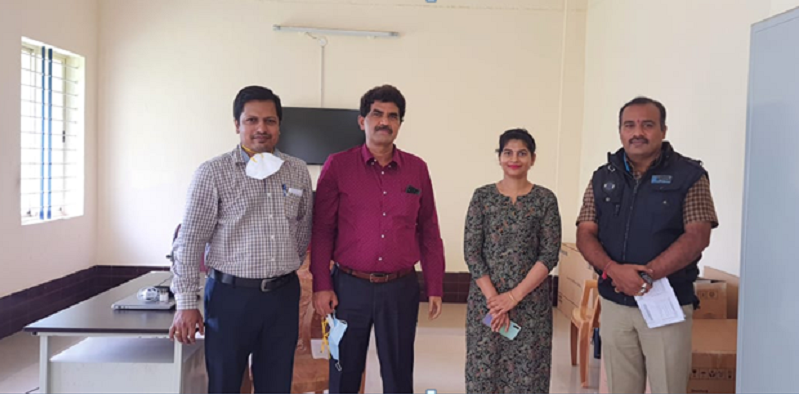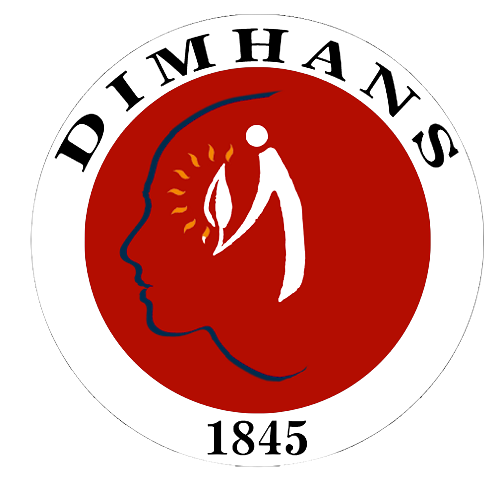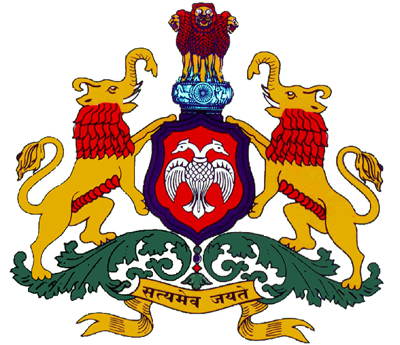
DIMHANS Child and Adolescent Psychiatry Unit and Community Mental Health Unit collaborated with Office of the Block Education Officer and Cluster Resource Center to conduct a two-day webinar on child mental health for all government primary and secondary school teachers of Hubli taluk on 18th and 19th of June 2021. The program was facilitated by Mr. Ashokkumar Sindagi, Block Education Officer, rural, and Mrs Gowramma, Cluster Coordinator, Rural to create awareness on mental health needs of children among teachers, especially during the COVID19 times. The two-day session was attended by nearly 400 teachers of various government rural schools of Hubli Dharwad taluk. The resource persons for the webinar were Dr. Mahesh Deasi, Director of DIMHANS, Dr. Sahithya BR, Assistant Professor of Clinical Psychology, and Sri Ashok Kori, Psychiatric Social Worker. The session began with an introductory talk by Dr. Mahesh Desai, who introduced the importance of child mental health, immediate problems and long-term consequences associated with untreated psychiatric conditions in children, and benefits of early identification, referral and treatment of such children. Sri Ashok Kori gave a detailed description of various psychiatric conditions experienced by children and adolescents, symptomatology, and how to identify such conditions. He also explained the biological and psychosocial causes of these disorders, and treatment options available. Dr. Sahithya BR spoke about the role of teachers in management of child mental health problems, how to identify such children, and what the teachers need to do when they come across a child with mental health problems. She also emphasized the importance of mental health among the teachers themselves, and gave some tips on stress management. The talks also focused on child mental health in the context of the COVID19 pandemic, and solutions to problems arising out of lockdown.
The talk was followed by an interactive session where the teachers were given an opportunity to ask questions. Teachers got to clear their doubts regarding mental health and its association with academic and behavioral difficulties in child. They explicitly expressed that they were relieved that there were professionals out there who understood how problems related to child and family effected the child academic outcome, and that teachers were not to be blamed for such academic underachievement. They also asked for help in managing some of the children they were having difficulties with. Dr. Mahesh Desai addressed each of these concerns and gave suggestions on how to manage these children. Each of the child they reported were discussed in detail. While some children needed brief intervention, few cases were more severe in presentation, and required detailed assessment, psychotherapy and medication. Teachers were encouraged to speak to the child and their parents about the need for consultation with specialists. Some of the highlights of the interactive sessions were: (1) need for certified training program for teachers on basic child mental health, in order to teach the teachers on early identification of child mental health problems, assessment, and basic counselling skills (2) need for training in Specific Learning Disability remediation, and (3) regular clinical visits from DIMHANS to rural schools of Hubli Dharwad.
School mental health is a subspeciality that DIMHANS is looking at seriously. India has the highest number of youth in the world, with over 434 million children and adolescents. It is alarming that the prevalence of child psychiatric disorders in India has been found to be 23% in schools, and that at any given point of time, nearly 50 million Indian children suffer from mental disorders, and this number will increase if the adolescent population is considered as well. Early identification and treatment can prevent long term consequences. Long term consequences include – aggression, substance abuse, serious mental disorders, underachievement and suicide.
India has one of the highest youth suicide rates globally, and suicide is the second leading cause of death in Indian youth. India is expected to have 250 million working population by 2030. Such a working young population can be an asset for the country, contributing to the nation's growth and development. Unfortunately, in India, overall treatment gap for mental disorders is formidably high at around 90%. Children spend majority of their time in school when away from home, and although teachers encounter students experiencing mental health issues, they are unfortunately, very few educators who have the specialized training needed to provide that help. Keeping these issues in mind, DIMHANS is considering conducting several webinars and workshops in the future to promote awareness among the teachers, parents and community in general. DIMHANS is also thinking of starting short duration training programs for qualified teachers or counsellors in child mental health, to facilitate early identification and referral in order to ridge the treatment gap. Overall, this two-day program was very productive, and several teachers expressed their appreciation and gratitude, while requesting for more such sessions.


















